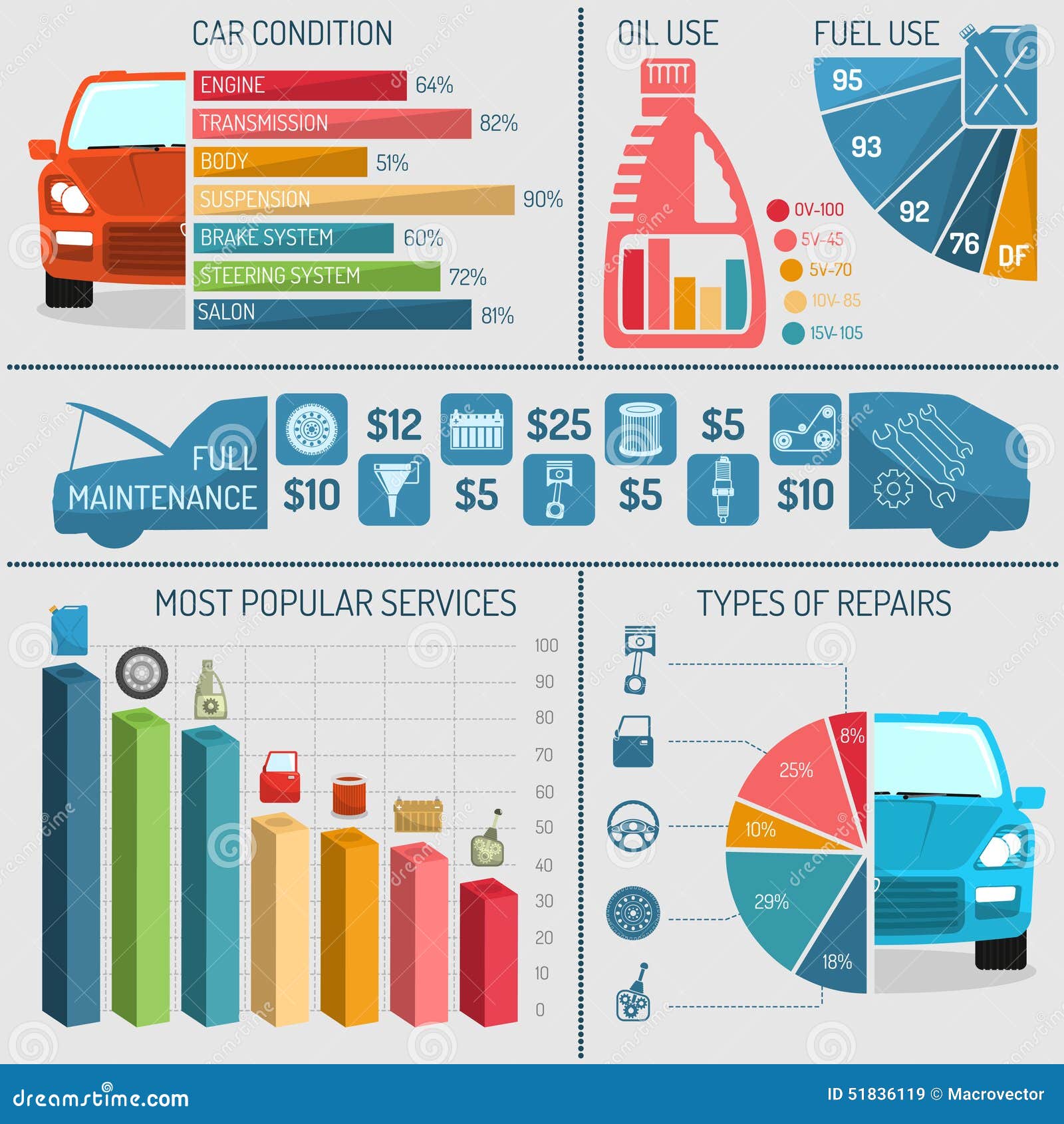Wondering Concerning The Meaning Behind Those Control Panel Caution Lights? Gain Insights Right Into Their Ramifications For Your Lorry'S Safety And Security And Upkeep
Wondering Concerning The Meaning Behind Those Control Panel Caution Lights? Gain Insights Right Into Their Ramifications For Your Lorry'S Safety And Security And Upkeep
Blog Article
Web Content Writer-Hartley Alvarado
When you're behind the wheel, those glowing warning lights on your dashboard can be a bit difficult. Do you know what they're attempting to inform you regarding your auto's health? Understanding the relevance of these lights is important for your security and the longevity of your car. So, the next time one of those lights appears, would not you intend to decipher its message properly and take the needed actions to resolve it?
Common Caution Lights and Interpretations
Identify typical caution lights in your car and understand their significances to ensure safe driving.
The most normal caution lights include the check engine light, which signifies concerns with the engine or emissions system. If this light begins, it's essential to have your lorry inspected immediately.
The oil pressure advising light indicates low oil stress, needing instant attention to stop engine damage.
A flashing battery light may suggest a faulty charging system, potentially leaving you stranded otherwise dealt with.
https://www.carandbike.com/news/5-tips-for-first-time-car-buyers-2870454 monitoring system (TPMS) light signals you to low tire pressure, impacting lorry stability and fuel efficiency. Overlooking https://oil-and-filter-change84951.bloggerswise.com/38159944/find-out-just-how-to-efficiently-pick-the-ideal-auto-service-center-with-these-10-specialist-suggestions might cause risky driving conditions.
The abdominal muscle light suggests an issue with the anti-lock stopping system, compromising your capability to stop quickly in emergency situations.
Last but not least, the coolant temperature warning light warns of engine getting too hot, which can result in serious damage otherwise dealt with swiftly.
Comprehending these common caution lights will certainly assist you resolve concerns promptly and preserve safe driving problems.
Value of Prompt Focus
Comprehending the usual warning lights in your automobile is only the primary step; the significance of promptly dealing with these cautions can't be emphasized sufficient to ensure your safety when traveling.
When a caution light illuminates on your dashboard, it's your vehicle's way of interacting a possible concern that requires focus. Ignoring these cautions can bring about extra serious troubles later on, endangering your security and possibly costing you more out of commission.
Motivate attention to warning lights can stop break downs and accidents. For instance, a blinking check engine light could suggest a misfire that, if left ignored, could create damages to the catalytic converter. Addressing this quickly can save you from a pricey repair service.
Likewise, a brake system warning light could signal reduced brake liquid or used brake pads, important elements for your safety when driving.
Do It Yourself Troubleshooting Tips
If you see a caution light on your dashboard, there are a few do it yourself troubleshooting tips you can try prior to looking for professional aid.
The first step is to consult your car's guidebook to understand what the specific warning light indicates. Occasionally the issue can be as simple as a loose gas cap causing the check engine light. Tightening up the gas cap may fix the issue.
One more common problem is a low battery, which can activate different advising lights. Examining the battery links for deterioration and ensuring they're safe might repair the problem.
If a warning light persists, you can try resetting it by disconnecting the vehicle's battery for a couple of mins and after that reconnecting it. Additionally, inspecting your vehicle's liquid levels, such as oil, coolant, and brake liquid, can help troubleshoot warning lights related to these systems.
Final thought
To conclude, comprehending your automobile's caution lights is necessary for maintaining your vehicle running smoothly and safely. By immediately addressing these notifies and knowing what they mean, you can stay clear of expensive repair work and potential failures.
Remember to consult your cars and truck's manual for specific information on each warning light and act as necessary to make sure a trouble-free driving experience.
Keep notified, remain risk-free when driving!
